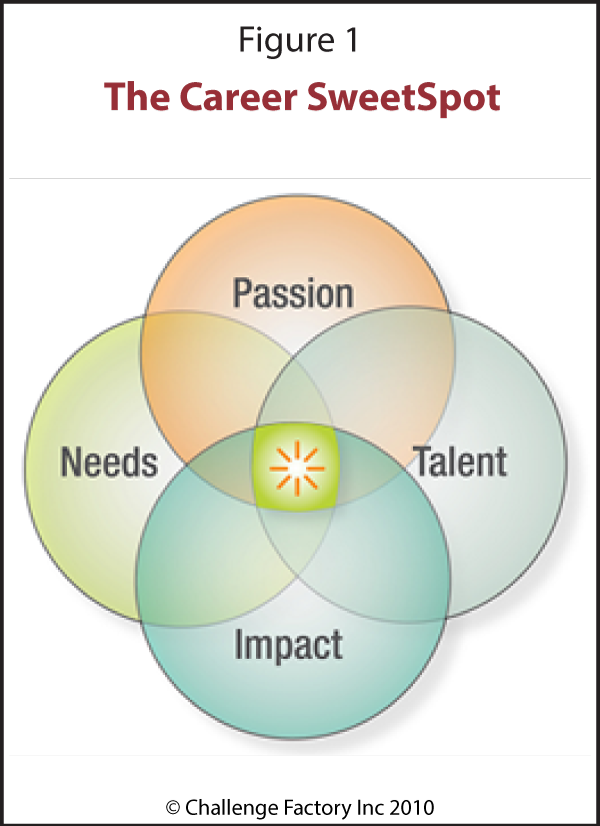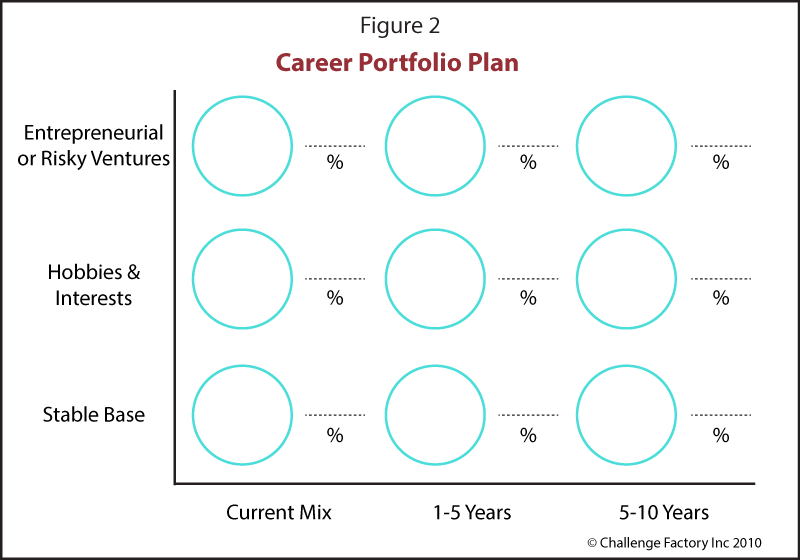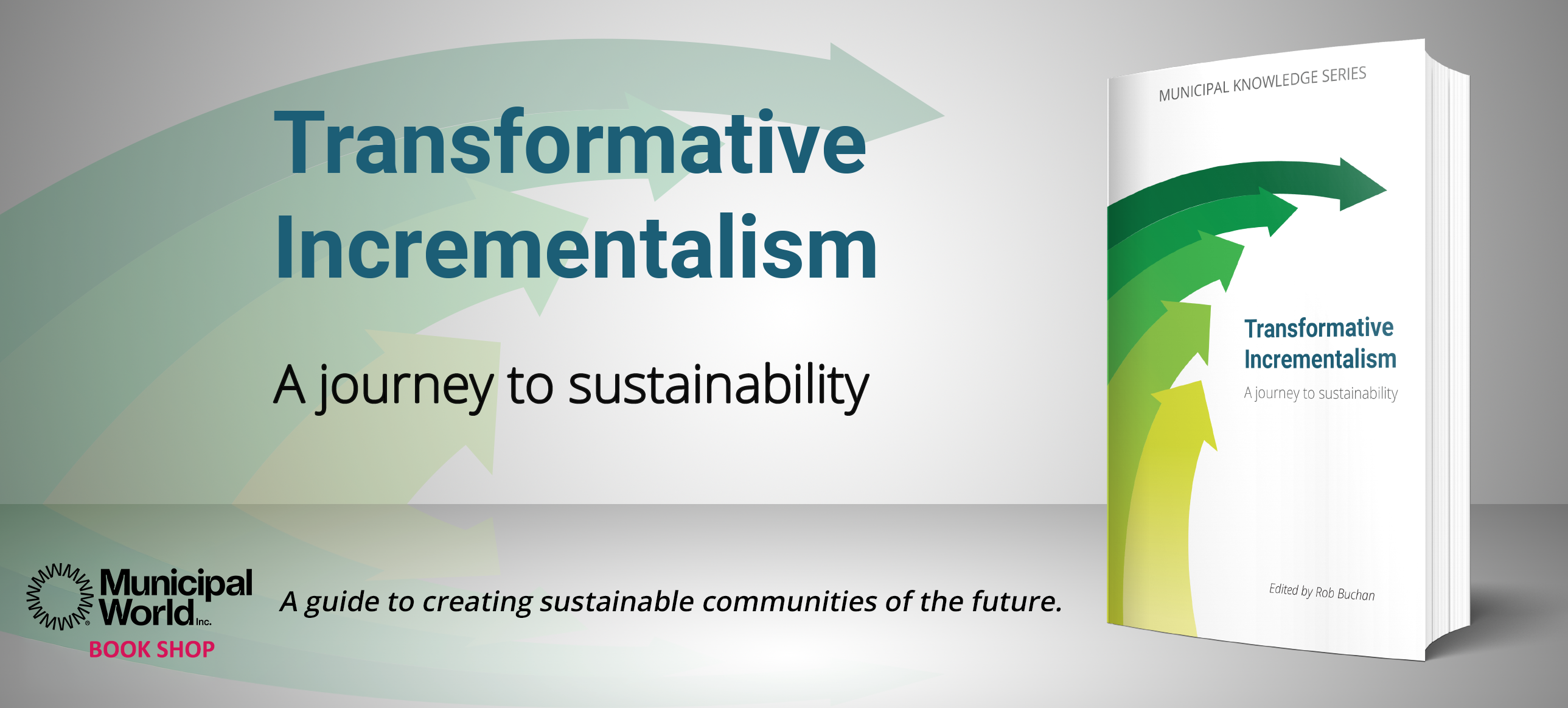Thriving in the midst of a talent revolution

“If you do what you’ve always done, you’ll get what you’ve always got.”
This popular saying has often been used in leadership courses to encourage leaders to embrace change and recognize that there is little inherent value in doing something simply because it is the way things have always been done.
Today, though, the advice implied in the statement may be misleading and lead to high risk approaches when it comes to managing people – and your own career. We are in the midst of a talent revolution and, in revolutionary times, the worst-case scenario is not that you will continue to get what you have always got; the real threat is that nothing behaves as it once did. Indeed, you may decide to play it safe and do what you have always done and get a totally unpredictable result. The updated version should, in fact, read: “If you do what you’ve always done, you’ll no longer get what you’ve always gotten.”
Over the last century, we have experienced several large scale revolutions. The industrial revolution of the late 1800s gave way to a financial revolution in the 1950s and 1960s. By the 1980s and 1990s, we were in the midst of a technology revolution that spawned entirely new sectors and access to data, customer-focus, and segmentation. Indeed, the last 100+ years have led to completely transformed processes, operations, financial models, technology, and understanding of the customer.
The Talent Revolution
The next wave – the Talent Revolution – has already started. Where previous upheavals have changed the nature of work and how it is done, today’s revolution focuses on who does the work and how that work is structured. Current discussions about youth unemployment, contract versus full-time labour agreements, the rise in freelancing and entrepreneurship, and reasonable working life expectancy (given extended longevity) are all part of this current transformation.
Organizations have what we call “Broken Talent Escalators” (see the July 2013 Municipal World cover story), where talent strategies have not caught up with the realities or demographics of today’s workforce. With the average lifespan now stretching to the mid-80s, employees are realizing that they want or need to remain in the workforce longer than traditional retirement time lines. But, staying in the workforce longer doesn’t necessarily mean that people want to continue doing the same work that they have always done. And, as formal career paths, performance management systems, and work planning strategies lag, employees are stalling on the top step of a talent escalator. They are left with no options other than remaining in place or exiting the workforce completely. That means career options, paths, and engagement on every step of the talent escalator are stalled, affecting every organization’s culture and productivity. It’s a massive talent pile-up.
Thriving in Revolutionary Times
Thriving in revolutionary times requires specific approaches for anyone who is a career manager for staff or who is looking at their own career. Here are three tips to assist both managers and employees alike.
1. Challenge assumptions and myths
Common wisdom may no longer prove to be true and what used to work cannot be relied upon as managers and employees look to the future. Previous experience and success are still great predictors of future performance, but greater focus should be on the soft skills and building relationships, rather than process for the sake of process – or the use of a particular technology or tool.
In revolutionary times, there is often confusion between fact and fiction. New data points are often cited before they can be validated and become part of an organization’s “truth.” It happens quickly and decisions start to be made based on faulty assumptions and myths. From broader employment trends to generational differences to career options and models, it is important to examine each assumption and ensure the information is not just true in general, but relevant for your organization.
2. Know your career criteria
As the world of work continues to evolve, new roles and working relationships are emerging. As a manager, providing your staff with career guidance requires that you are up to date with the latest shifts and trends. Good career navigation finds employees moving into roles that are within their “career SweetSpot” as illustrated in Figure 1. Employees need to develop clarity around their needs, passions, and talents. The organization needs to be equally clear about the types of impact the employee might have – this includes identifying the kinds of problems the organization needs people working to solve and what roles are available.

Most organizations have a list of open positions available. But, in revolutionary times, the scope of a role or the title may no longer accurately reflect the core of the position. Managers needs to be good at assisting employees to focus on the types of issues and problems they want to work on and to have open and honest discussions about the other domains in the career SweetSpot model.
Working to the SweetSpot model requires focus to shift away from trying to match an employee to a role or a title that interests them; instead emphasis is on identifying a set of criteria that defines the overlap between the employee’s passion, talent, impact, and needs. With a deep understanding of what criteria a job must meet to be in an employee’s SweetSpot, managers and employees can then have meaningful conversations about how to shift current roles to be more in alignment with their strengths. It also provides guidance as to what to look for as part of good leadership development and succession planning.
3. Balance your career portfolio
Work-life balance is a hot topic these days. In revolutionary times, drawing boundaries to separate personal and professional time becomes challenging as new issues with increased urgency crop up almost daily. Employees and managers might benefit from adapting best practices from models used to balance financial portfolios. In financial planning, finances are balanced by making decisions about how to allocate money over time to a variety of activities, factoring in risk tolerance and time horizon.
When it comes to work, the most valuable resource is time. Employees should be encouraged to consider how they might balance their time across their job, significant other commitments, hobbies, and risky ventures, as shown in Figure 2. Risky ventures include stretch work assignments or courses that build future skills and opportunities, without a guaranteed future return on the time invested. By focusing on how time is invested on an ongoing basis, employees can take more control of their activities and plan for how to shift their balance to be more aligned within their current risk tolerance.

Like a good financial plan, a good career portfolio plan needs re-evaluation on a regular basis. Taking on a new role might increase the amount of time being committed to a “risky venture.” That time needs come from somewhere, or else employees end up over-extended and overwhelmed. Actively planning for how the shift will occur changes the discussion from a focus on work-life imbalance to an emphasis on risk/reward choices with milestones.
Tapping into Talent
With an up-to-date understanding of the demands of the talent revolution, and by equipping talent managers with the tools and processes to re-imagine the tailoring of workplace needs with available talent, enlightened managers can navigate the current revolution and tap into the rich talent resources that otherwise would be piling up at the top of the escalator and exiting the workforce. MW
LISA TAYLOR is President of Challenge Factory, an authority on the aging workforce and talent management programs offering innovative, research-based career and talent management strategy and services. Lisa has a corporate management background in the IT industry. She is a sought after speaker and a regular contributor on topics related to the aging workforce for CBC, ZoomerMedia, the Globe and Mail, the Toronto Star, and other North American publications. She holds an MBA in strategic management and public administration.
as published in Municipal World, July 2014



